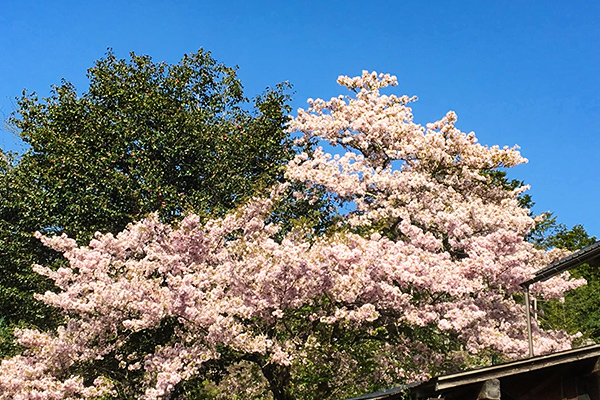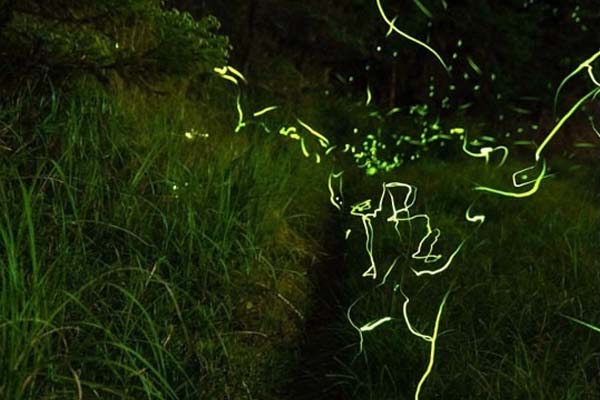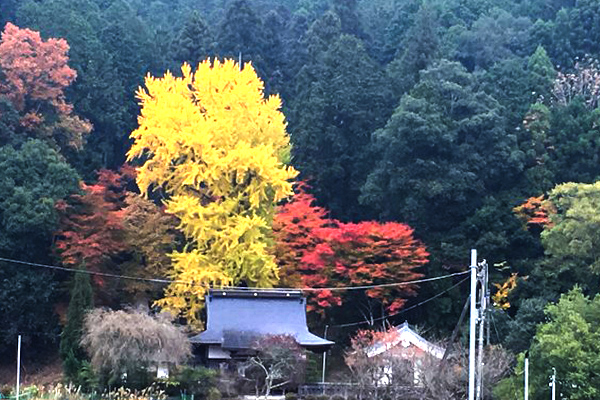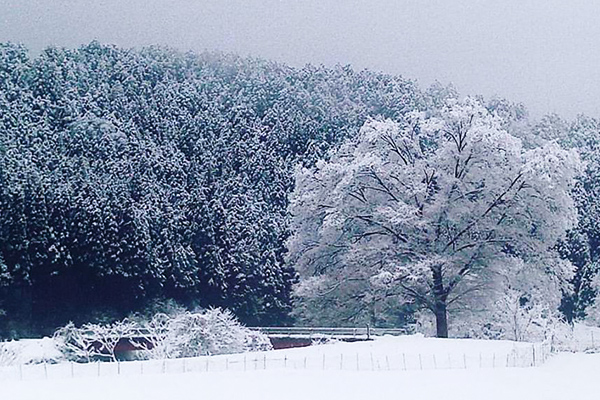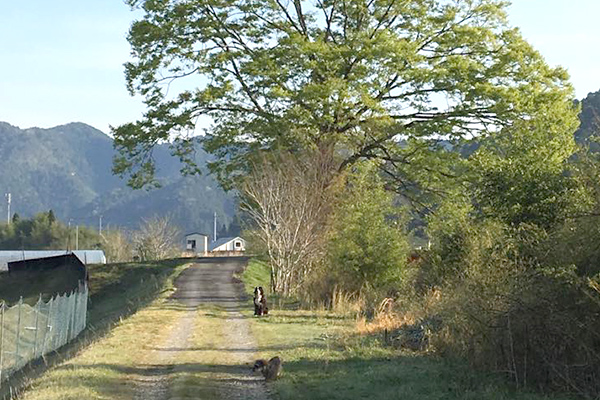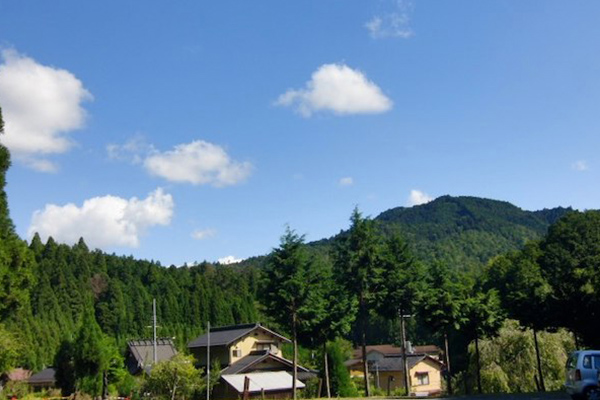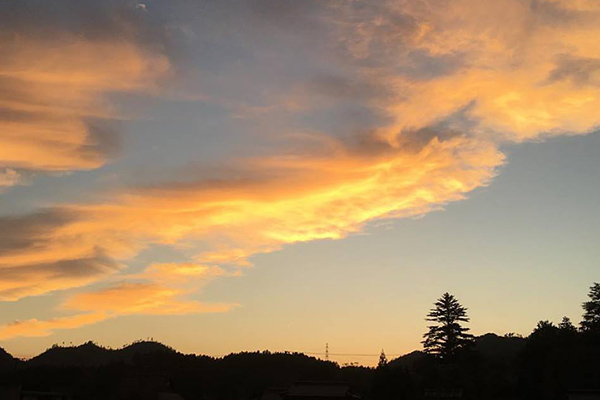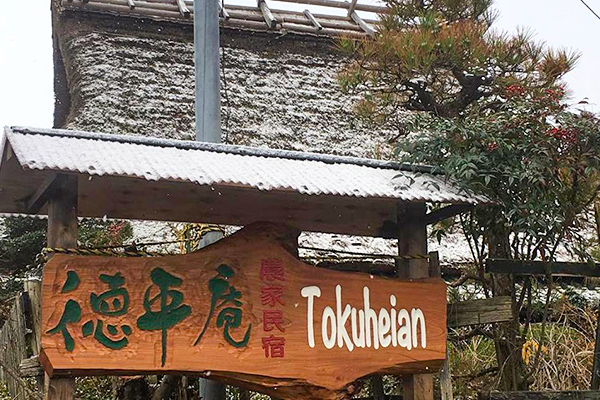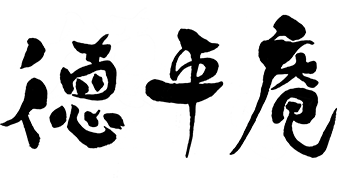about us
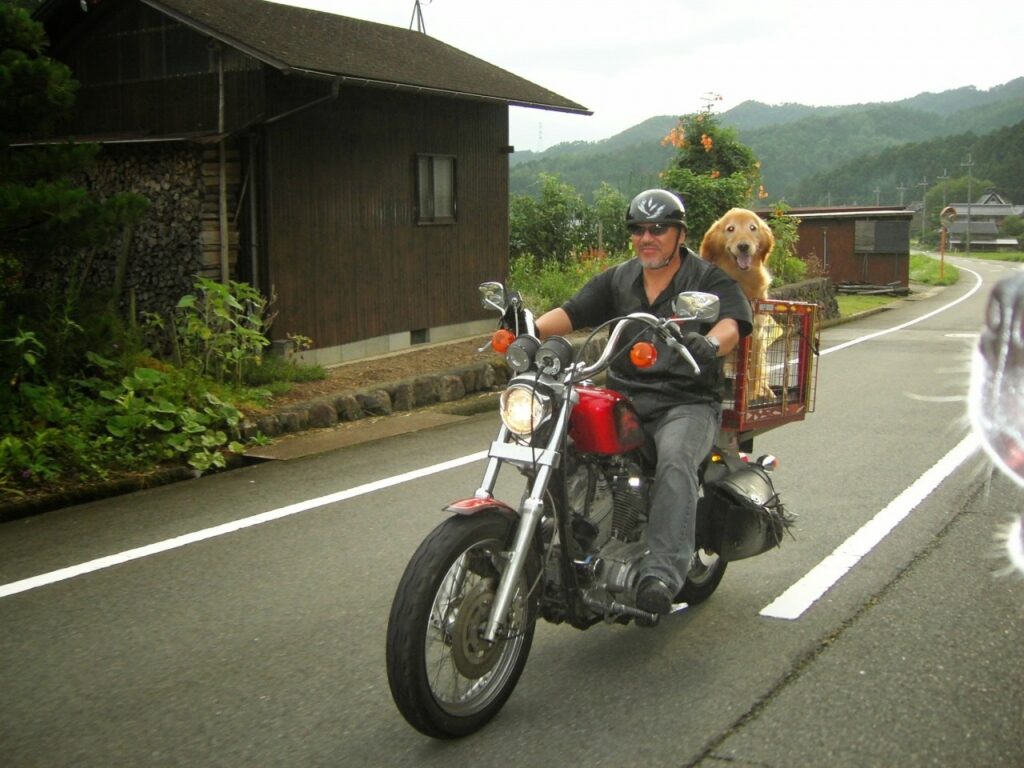
Hideo Uyeda
Hi, my name is Hideo and this listing is my family home. I live here with my wife Yukako and our three dogs. (Azuki, Daizu, & Gon) I love to travel and have been many places in U.S., Europe, Asia, Austrailia, India, and Africa. I love riding motorcycles, making pickles, and my dogs. We have farm land across the street and grow many of our own vegetables and rice. We also grow and harvest our own grasses for the thatched roof house. We love food and have started a small cafe on our land to entertain guests and locals may stop by to have a coffee during the high season. I love sharing our passion for japanese food and culture and if you want to learn we are happy to teach.
Thanks, I hope to meet you and learn about where you are from!
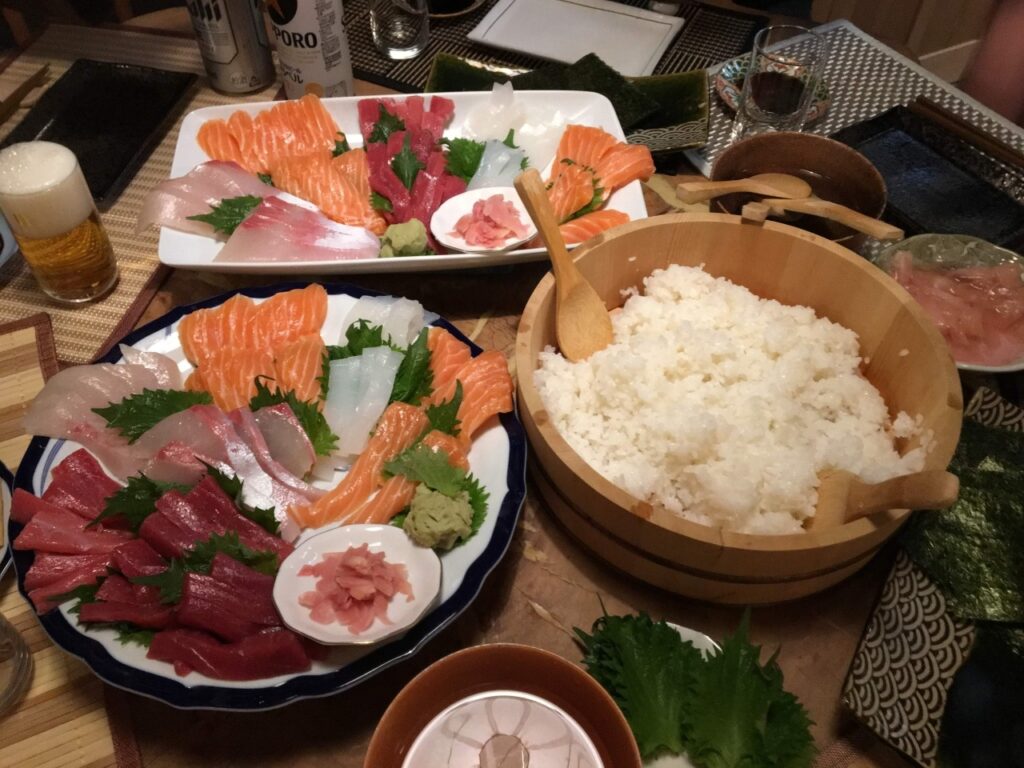
Yukako Uyeda
Hi, I`m Yukako aka Hideo`s wife. We have been married since 2008. I love exercise teach part time freelance. I was previously a sous chef at a one michelen star restuarant in central Kyoto. Therefor I`m a good cook and love to share my passion for food with visitors. We have a small cafe with a well equipped kitchen we made by hand on the property and it`s a goo place to cook, learn, and share laughs. Hope to see you soon!
The place where Tokuheian is located is the wood source of the Heian period and flourished as an important place to ship mackerel to Kyoto from sea. This house with more than 200 years of history was originally my family home. (7 generations ago my ancestors built this home.) In 2015, we opened my family home for foreign people to experience rural culture. We named it “Tokuheian“. My ancestor who built this home 7 generations ago was named Tokuhei Uyeda and “an” means “Inn” in english.
Many people are interested in Japanese tradition and life and it is my pleasure to share good experiences, fun, and real rural experiences in Keihoku and Miyama the place I`ve lived my whole life.
About Keihoku
The Keihoku area is located in the mountainous area 30 kilometers north of Centerl Kyoto. This place has plenty of good cedar and Japanese cypress trees and has flourished as a timber supply area to the Kyoto capital since 1,000 years ago. That wood contributed to the construction of shrines and temples.
Nature shows us the various beauty of every season.
Mountain flowers, cherry trees in spring, fresh water rivers, fireflies in rainy season, autumn leaves in autumn, snow in winter.
You can see a completely different rural scenery depending on the time of visit.
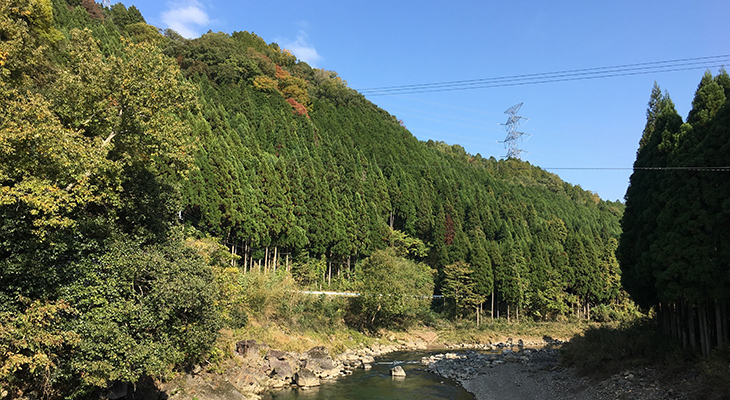
京北について
京北地区は、京都市内から30キロ強北へ向かった山間部に位置しています。この地域は上質な杉やヒノキが多く、古くから都への材木の供給地として栄え、寺社仏閣などの建立を支えてきました。
豊かな自然は四季折々の美しい表情を覗かせています。春は山桜、夏は蛍、秋は紅葉、冬は雪景色と…訪れる時期によって全く違った景色が堪能できます。
歴史と豊かな自然に培われたこの土地に、徳平庵はございます。昔の面影をたたえたかやぶき屋根のお宿で、まるで暮らすようにお過ごしください。

Thatched(Kayabuki)roof
The thatched house history is far older than tile roof house you commonly see in Japan. This roof is made by grasses nearby such as Susuki and Ashi (Yoshi). This roof is the style of house ancient Japanese lived under for thousands of years.
Since the thatched roof is excellent in sound absorption, heat insulation, heat retention and breathability, it will be cooler in the summer and warmer in the winter.
Even modern building materials are very difficult to construct such roofs with excellent functions.
There are also ecological aspects that can be used as all unnecessary Kaya fertilizer. It is naturally insect and rot repellent.
This roof was made of power of nature, people, and japanese wisdom.
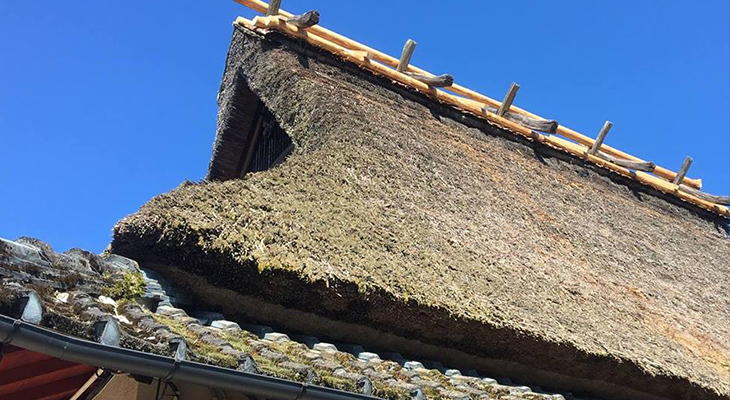
かやぶき屋根
かやぶき屋根の歴史は瓦屋根よりもはるかに古く、古来より人びとの暮らしを支えてきました。ススキや葦(ヨシ)などの身近に存在する植物を利用して作られています。
吸音性、断熱性、保温性や通気性に優れており、夏は涼しく冬は暖かい作りになっています。このような機能に優れた屋根を作り上げることは、現代の建築材をもってしても大変難しいようです。不要となった茅はすべて肥料としても使えるエコロジカルな側面もあります。自然の力と人びとの知恵で、この屋根はできています。

We want to protect rural country scenery
The thatched roof needs to be replaced with new Kaya grasses, “roofing” once in about every 25 years and is extrememly expensive therefor many families decide to cover them with metal roofing, change the shape of the roof, or just move into more modern homes all together.
In the past with a lot of labor from friends and neighbors pitching in it was possible to maintain. All the villagers helped one another with this task. In modern times, roofing work is done by the hands of specialized artisans only and the labor costs are very high.
Tokuheian has a strong desire to keep the traditional Japanese house and leave it in future generations, We cut the thatched grasses with our own hands near our land and stock it to use for the next replacement of the roof. We will continue to make efforts to maintain as much as possible and you stay is a part of that. Thanks!
Why do we want to keep? … Although it is only a pride. I believe that you can feel it with your body by spending time in a house with a traditional thatched roof.
